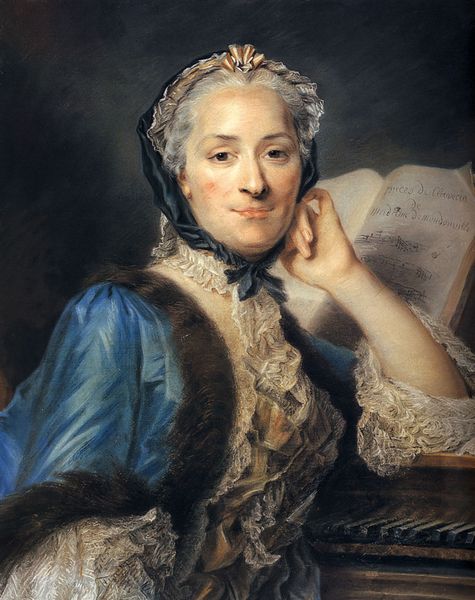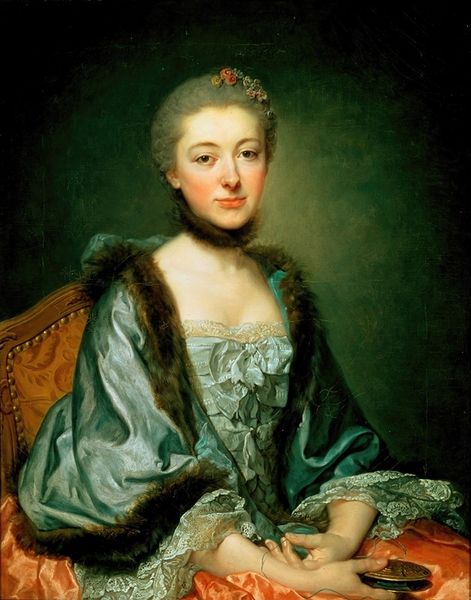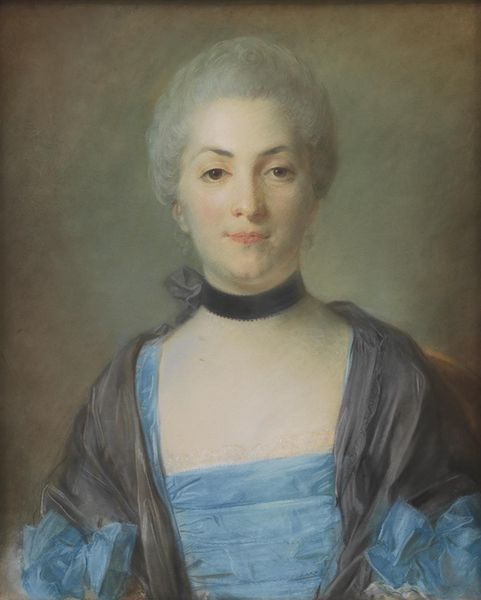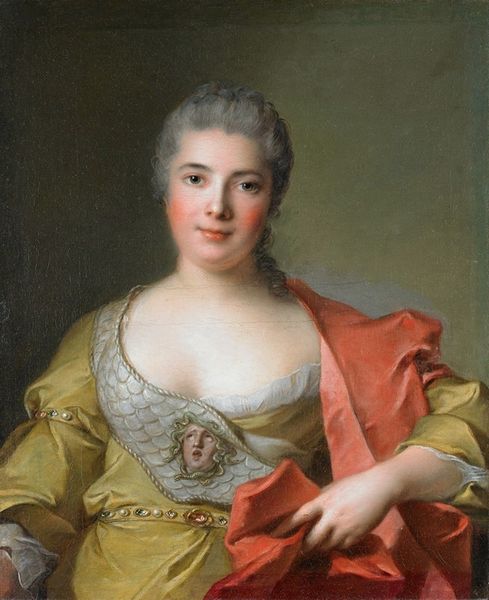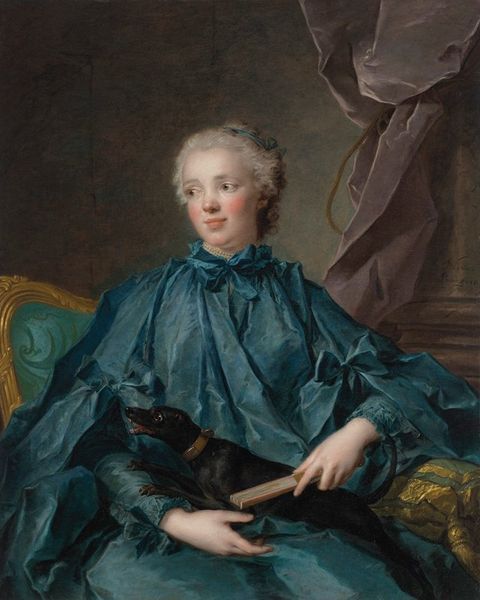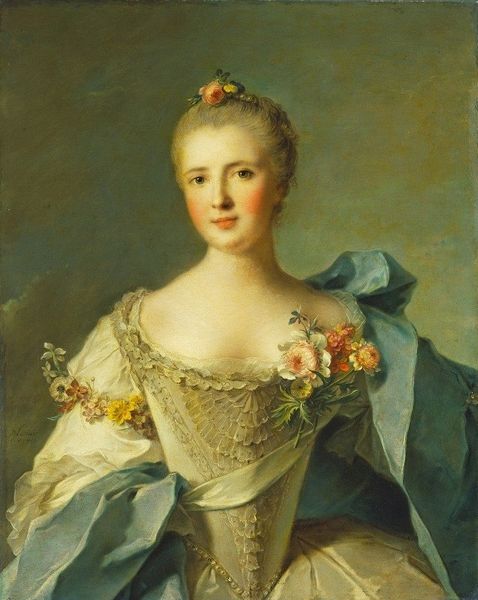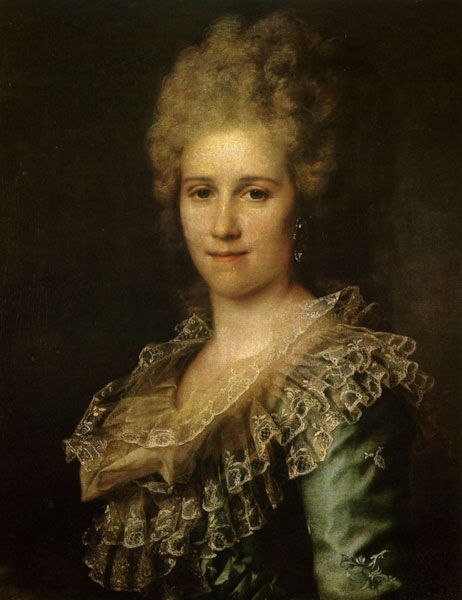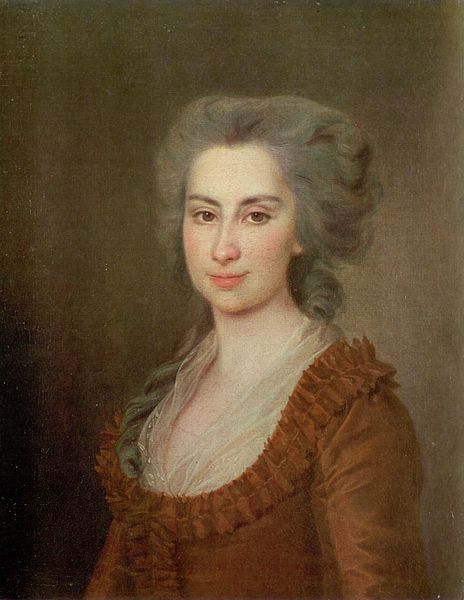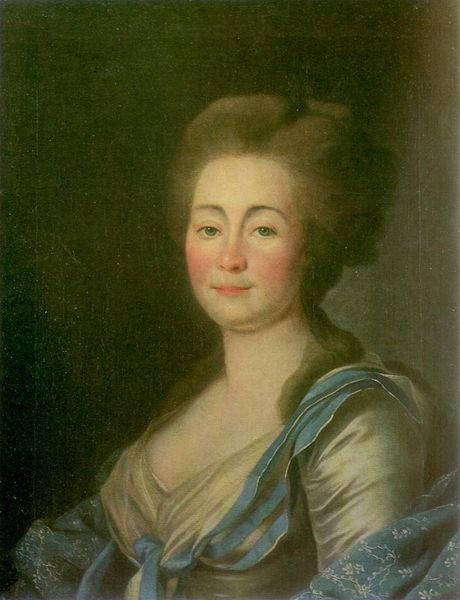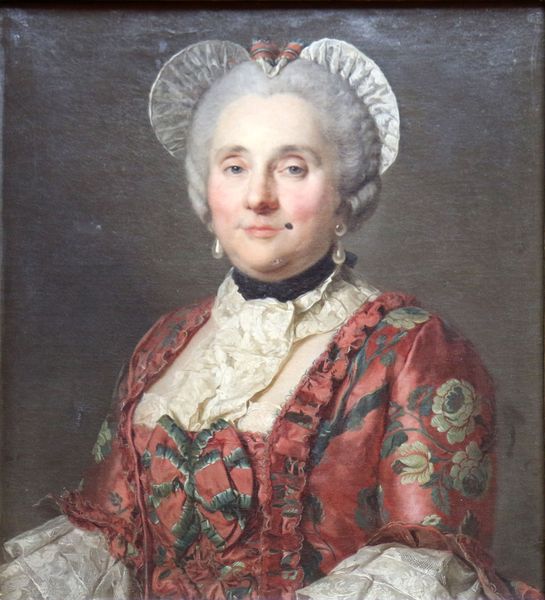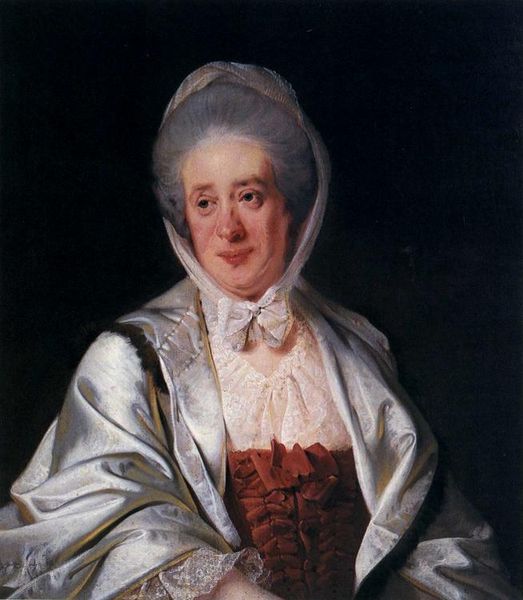
painting, oil-paint
#
portrait
#
figurative
#
self-portrait
#
painting
#
oil-paint
#
rococo
Copyright: Public Domain: Artvee
Editor: This is Jean-Marc Nattier's "The Comtesse de Tillières," painted around 1750, using oil on canvas. It's struck me as a rather muted portrait for the Rococo period. How might you interpret this work within its historical context? Curator: The muted tones are interesting, aren’t they? Consider that portraits like this weren't merely likenesses. They were powerful statements of social status. What do you notice about the Comtesse’s clothing and pose? How do you think that communicates something to the viewer? Editor: She looks quite dignified, perhaps even reserved. Her dress and fur trim signal wealth, of course, but it lacks the flamboyance I associate with Rococo portraiture. Curator: Exactly! That restraint speaks volumes. In the mid-18th century, there was growing criticism of aristocratic excess, a seed of what would become revolution. A portrait like this subtly navigates those waters, displaying status while hinting at a more subdued, perhaps even virtuous, persona. Consider how portraits, commissioned and publicly displayed, became crucial tools for self-fashioning and public perception during this era. How would the public receive an image such as this one? Editor: So it’s a performance, in a way, balancing the expected display of wealth with a hint of restraint to appease a changing social climate. I suppose there's a level of awareness of the societal mood communicated here. Curator: Precisely. Art rarely exists in a vacuum. It's deeply embedded within social, political, and cultural currents. Examining this painting beyond its aesthetic qualities provides key insight into how society perceived wealth. Editor: That makes me see the painting with fresh eyes; it shows more complexity. It’s been enlightening to learn how an image can operate on a more thoughtful level and express social tension of a time. Curator: And it reveals the crucial role of artists as participants, or at least careful observers, of political imagery and how the public will interpret that imagery.
Comments
No comments
Be the first to comment and join the conversation on the ultimate creative platform.
